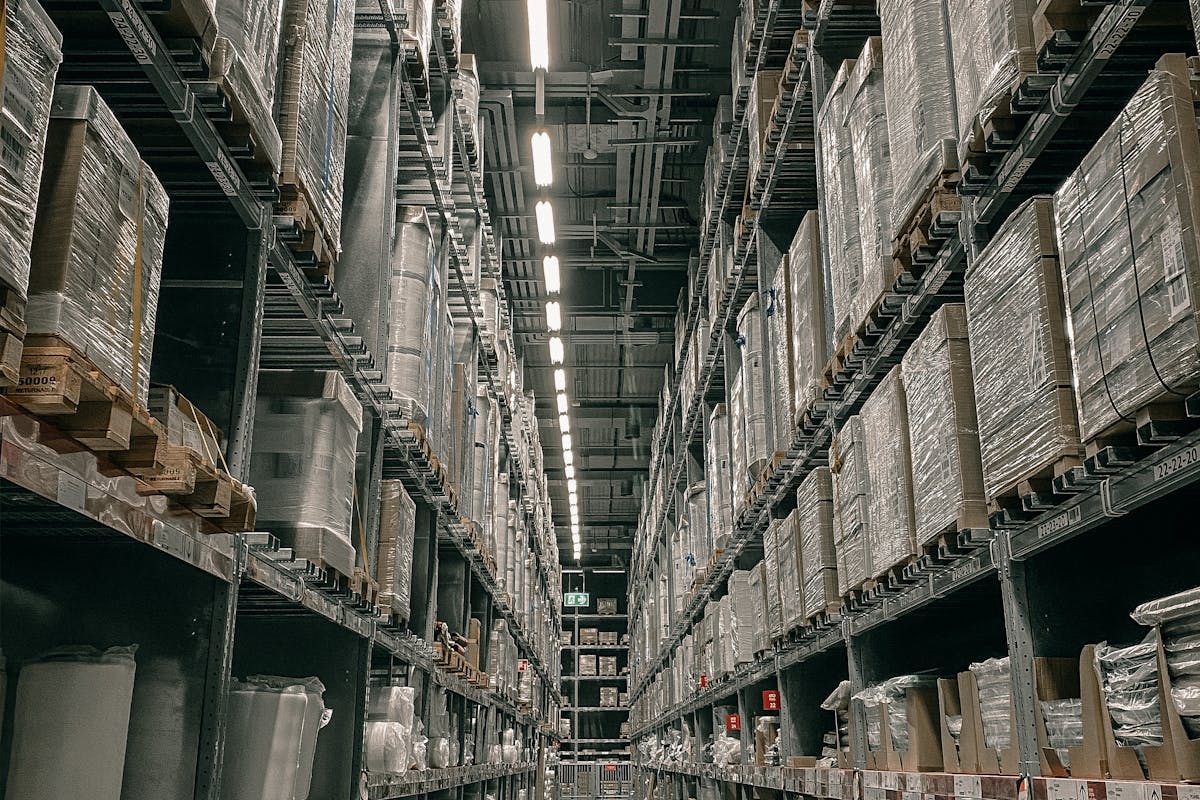When planning to build a sustainable home, all the essential components should be incorporated while still planning. Getting everything right before you start building your home will protect you from high energy bills and provide a long-lasting healthy abode. There are several challenges when pursuing sustainability in homebuilding. It should start with the perfect location for your home. You may want to check out lots for sale and find a developer to help you with your green building efforts. Here are some ideas to include in your plans:
Insulate Properly
Most homes have little insulation in place. When it comes to insulation, it should be incorporated into the structure for it to work efficiently in retaining heat inside and keeping the cold out. Do not scrimp in this area, and be sure to use products with good acoustic properties. It will ensure that you will not have any heating or energy consumption issues once your house is completed.
Incorporate Airtightness and Right Ventilation
Depending on your location, it is essential that your structural design prevents heat loss through gaps around your home. Airtightness improves your home’s insulation and lessens heating bills. During warmer days, make use of your passive or mechanical ventilation design.
Use Natural Light
Plan out your home to ensure that there is lots of natural light coming in. It will reduce your need for artificial illumination. You may use high quality and modern performance glass windows to ensure that you get good lighting and minimal heat loss. These types of windows will also help collect natural heat from the sun, so there is less need for artificial heating.
Choose Sustainable Materials
Choosing “green” and sustainable building materials becomes easier as you take the path to green-building. There are now companies that grade their products according to their “green” and sustainable capabilities. In some cases, they are a bit expensive than the common materials used for building a home. However, opting for more energy-efficient and sustainably sourced materials proves to perform better and are more environmentally friendly.
Deploy Renewable Energy Technologies

Apart from ensuring your home is built with eco-friendliness and energy-savings in mind, you should incorporate renewable energy technology into the plan. Some of the most popular options are solar thermal panels, solar photovoltaic panels, and ground source heat pumps. If allowed in your location, you can also opt for off-grid sewage treatment and rainwater harvesting technology.
A sustainable building should be a collective effort of the homeowner, developer, and locality. More people will be encouraged to pursue this path if they see that it is the on-going trend and realize the rewards it can give. It is not just about energy savings and lowered bills. A well-planned out “green” and sustainable home can give you many years of stress-free living. In some areas, there are also tax incentives for choosing sustainable materials and renewable energy sources. Make sure that you have all the components, and as much as possible, don’t cut corners in building your sustainable home.





